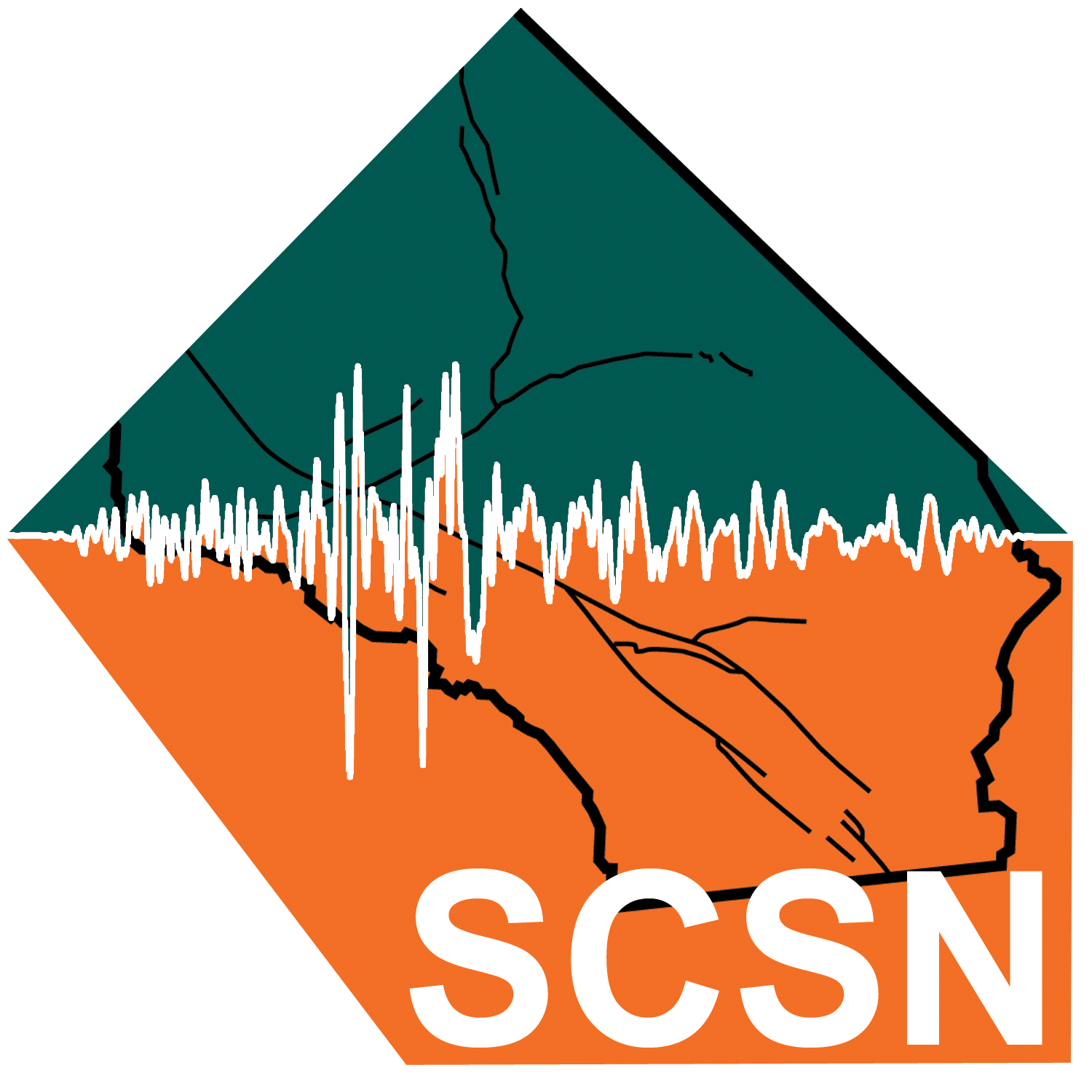Earthquake Information
Fault Name Index
Imperial Fault Zone
TYPE OF FAULT: right-lateral strike-slip
LENGTH: 69 km
NEAREST COMMUNITIES: Brawley, Imperial, El Centro, Calexico, Mexicali
LAST SURFACE RUPTURE: October 15, 1979, Mw6.4; May 18, 1940, Mw6.9; several other small ruptures and instances of triggered slip
SLIP RATE: between 15 and 20 mm/yr
INTERVAL BETWEEN MAJOR RUPTURES: varies; quakes as large as or larger than that of 1979 may occur every 30 to 40 years, whereas quakes the size of that of 1940 may occur only every 700 years or so
PROBABLE MAGNITUDES: ML6.0 - 6.7 for events similar to 1979 rupture; MW6.5 - 7.0 for events similar to 1940 rupture
A remarkably active fault, historically, the Imperial fault has seen several instances of surface rupture and triggered slip since records of such activity were first kept.
Probably the most intriguing of all these is the one associated with the smallest earthquake to break the surface. Indeed, the March 4, 1966, surface rupture set the record for the smallest tectonically-induced seismic event (in other words, a natural earthquake along a fault, caused by plate tectonics, not a cave-in or explosion) ever to produce surface rupture -- 9.7 kilometers of the Imperial fault ruptured that day, with a maximum offset of 1.5 centimeters, in a magnitude 3.6 quake! (Many people often completely fail to notice even nearby earthquakes this size.) The hypocenter of the earthquake was only 1.1 kilometers beneath the surface, so the rupture managed to reach the surface trace, despite the small size of the event.
For a complete report on the remarkable earthquake of March 4, 1966, see the article by J.N. Brune and C.R. Allen in Volume 57 of the Bulletin of the Seismological Society of America, p. 501-514.
This fault is featured on the following map:
Southern Fault Map






